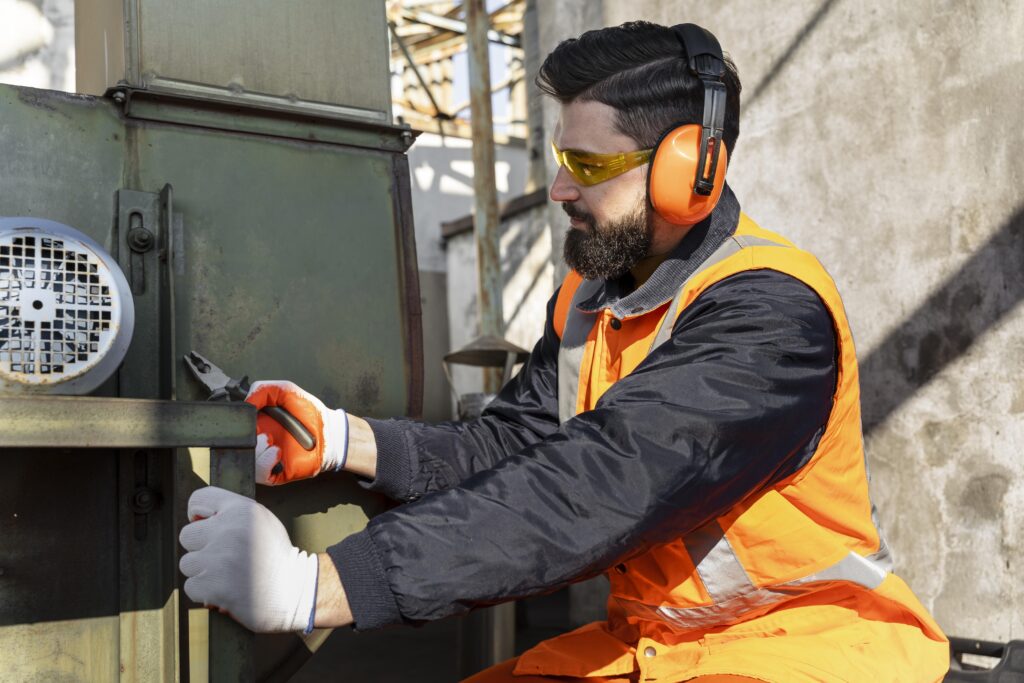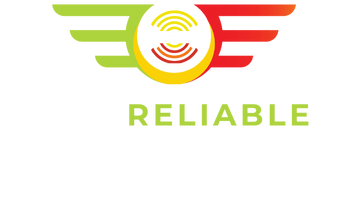
What is Air Duct Cleaning?
Air duct cleaning involves removing dust, debris, and contaminants from the air ducts in your home or business. This typically includes the supply and return air ducts, registers, grilles, and diffusers in each room. Professional air duct cleaning services use specialized equipment like vacuums, brushes, and blowers to thoroughly clean the ducts and prevent the recirculation of dust and allergens.
Why is Air Duct Cleaning Important?
Air ducts can accumulate various contaminants such as:
- Dust and dirt
- Mold spores
- Pollen
- Pet dander
- Bacteria and viruses
- Pest infestations (rodents, insects)
These contaminants can reduce indoor air quality, leading to allergies, asthma attacks, or other respiratory problems. Additionally, a dirty air duct can cause the HVAC system to work harder, leading to higher energy bills and possible damage over time.
How Does Air Duct Cleaning Work?
1. Inspection of the Ductwork
Before cleaning, a professional technician will inspect the entire air duct system to identify any areas that require extra attention. This inspection may involve using a small camera to assess the level of debris and look for signs of mold, damage, or blockages.
2. Setting Up Equipment
The technician will set up the necessary equipment, typically including:
- A high-powered vacuum system to remove dirt and debris.
- Specialized brushes to dislodge dirt from the duct walls.
- Blowguns or air compressors to push debris toward the vacuum.
3. Cleaning the Supply and Return Air Ducts
The cleaning process starts with the supply and return air ducts. Using a combination of rotary brushes and compressed air tools, the technician will scrub and loosen dust and debris. This debris is then vacuumed out through the hose connected to the HVAC system.
4. Cleaning Registers and Grilles
Air duct cleaning also involves cleaning the registers, grilles, and vents. These components can accumulate dirt over time and restrict airflow if not cleaned regularly. The technician will carefully remove each grille and use a vacuum or brush to remove the buildup.
5. Cleaning the Furnace, Blower, and Coils
Many professional air duct cleaning services also offer additional cleaning for the furnace, blower, and coils as part of the process. These components can harbor dirt and mold, which, if left unchecked, can be blown into your ducts after cleaning.
6. Sanitization and Deodorization
After the physical cleaning, some companies may offer sanitization services, using approved chemicals to eliminate bacteria, mold, or other contaminants in the ducts. Deodorizers can also be applied to remove musty smells or lingering odors caused by mold or bacteria.
7. Final Inspection and Seal
Once the cleaning is completed, a final inspection is conducted to ensure all debris has been removed. In some cases, the technician will seal any areas of the ductwork that are damaged or leaking to prevent further contamination and ensure energy efficiency.
Frequently Asked Questions (FAQs)
1. How often should air ducts be cleaned?
Air duct cleaning is typically recommended every 3 to 5 years. However, if you have pets, allergies, or live in a dusty area, you may need to clean your ducts more frequently.
2. Can air duct cleaning improve my HVAC system’s efficiency?
Yes, clean air ducts allow air to flow more freely through the system, reducing the workload on your HVAC system and potentially lowering your energy bills. A cleaner system also experiences less wear and tear, prolonging the life of your HVAC components.
3. Does air duct cleaning help with allergies?
Yes, air duct cleaning can help reduce allergens such as pollen, pet dander, and mold spores that accumulate in your ducts over time. This can be particularly beneficial for people with asthma or allergies.
4. How can I tell if my air ducts need cleaning?
Some common signs that your air ducts need cleaning include:
- Visible dust buildup around vents or registers.
- Unpleasant odors coming from the vents.
- Frequent dust accumulation in your home.
- Increased allergy symptoms or respiratory issues.
- Uneven airflow from your vents.
5. Can I clean my air ducts myself?
While it’s possible to clean air registers and grilles yourself, cleaning the entire air duct system requires specialized equipment and expertise. DIY cleaning typically won’t reach the deeper parts of the ductwork, so it’s recommended to hire a professional for a thorough cleaning.
6. Is air duct cleaning safe?
Yes, air duct cleaning is safe when done by trained professionals. However, it’s important to choose a reputable service provider that follows industry standards to ensure the cleaning process is safe for your ducts and home environment.
7. How long does air duct cleaning take?
The time required for air duct cleaning varies depending on the size of your home and the complexity of the system. On average, cleaning a residential air duct system takes between 2 to 4 hours.
8. What does air duct cleaning cost?
The cost of air duct cleaning depends on factors such as the size of your home, the number of ducts, and the level of contamination. On average, homeowners can expect to pay between $300 and $500 for a professional air duct cleaning service.
Conclusion
Air duct cleaning is an essential maintenance task that improves the air quality in your home or business and enhances the performance of your HVAC system. By understanding how the process works and knowing when to schedule cleanings, you can ensure a healthier living environment and extend the life of your HVAC equipment.
Regular air duct cleaning not only helps prevent respiratory issues but also lowers energy bills by allowing your HVAC system to operate more efficiently. If you’re experiencing increased dust, allergies, or poor airflow, it might be time to schedule a professional air duct cleaning.
